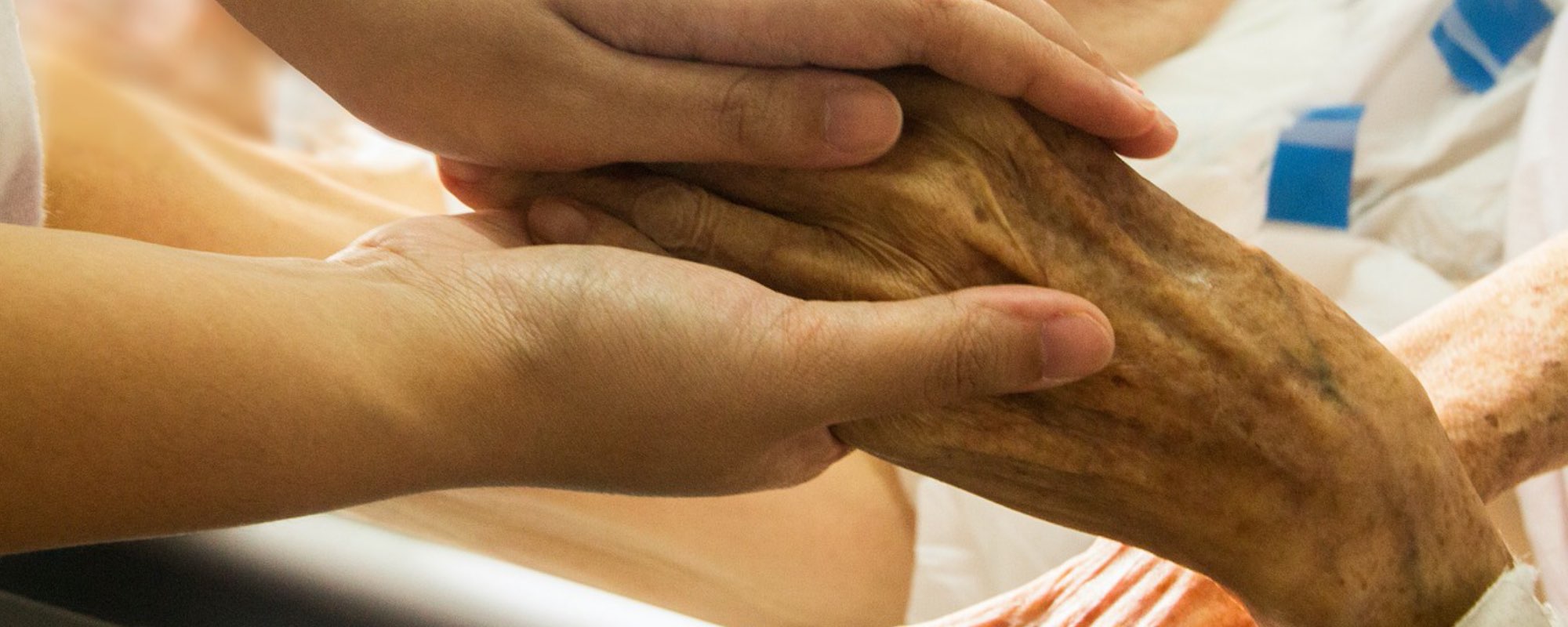
What is Mottled Skin?
Mottling is blotchy, red-purplish marbling of the skin. Mottling most frequently occurs first on the feet, then travels up the legs.
Mottling of skin before death is common and usually occurs during the final week of life, although in some cases it can occur earlier. Mottling is caused by the heart no longer being able to pump blood effectively. Because of this, blood pressure drops, causing extremities to feel cool to the touch. The skin then starts to become discolored.
Does mottling hurt?
Mottled skin before dying is very common. But patient’s families are often concerned that mottling is painful for their loved one. You can rest assured that mottling does not cause any pain for the patient, although he or she may feel cold, particularly in the legs and arms. As a caregiver, you can help the patient by covering him or her with a warm blanket, and generally being there to address any needs.
Mottling of skin before death FAQ.
Please browse our frequently asked questions below to learn more about mottling skin before death. If you have more questions, would like to talk privately, or would like to learn about hospice, please select a contact option from the blue Help Center bar above. We're available to talk 24/7.
Once mottled skin appears, how long until death occurs?
Mottling of skin occurs during the last week of life. Sometimes it may occur sooner or within just a few days of death.
Does mottled skin mean death is imminent?
Generally speaking, yes. Mottled skin occurs before death and is a strong indicator that death is imminent.
Does mottled skin always occur before death?
Not necessarily. While mottled skin is very common, every patient is different. It is possible that mottling may not happen before death at all.
What are some of the other signs that death is imminent?
You can learn more about end-of-life signs by filling out the form on this page to get a free “Predicting the End-of-Life” Guide.
End-of-Life signs by disease.
Learn about the specific end-of-life signs of common diseases and illnesses:
